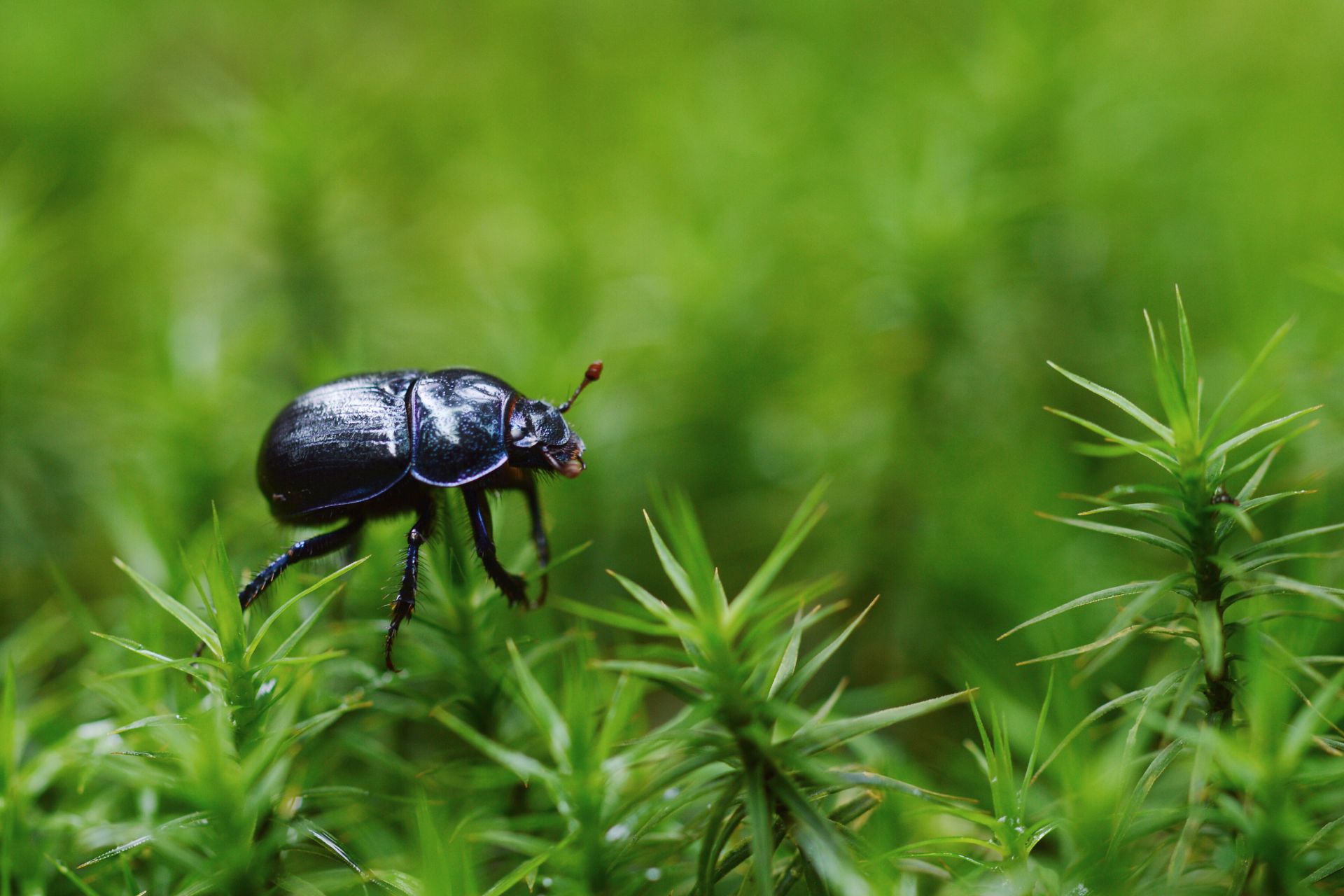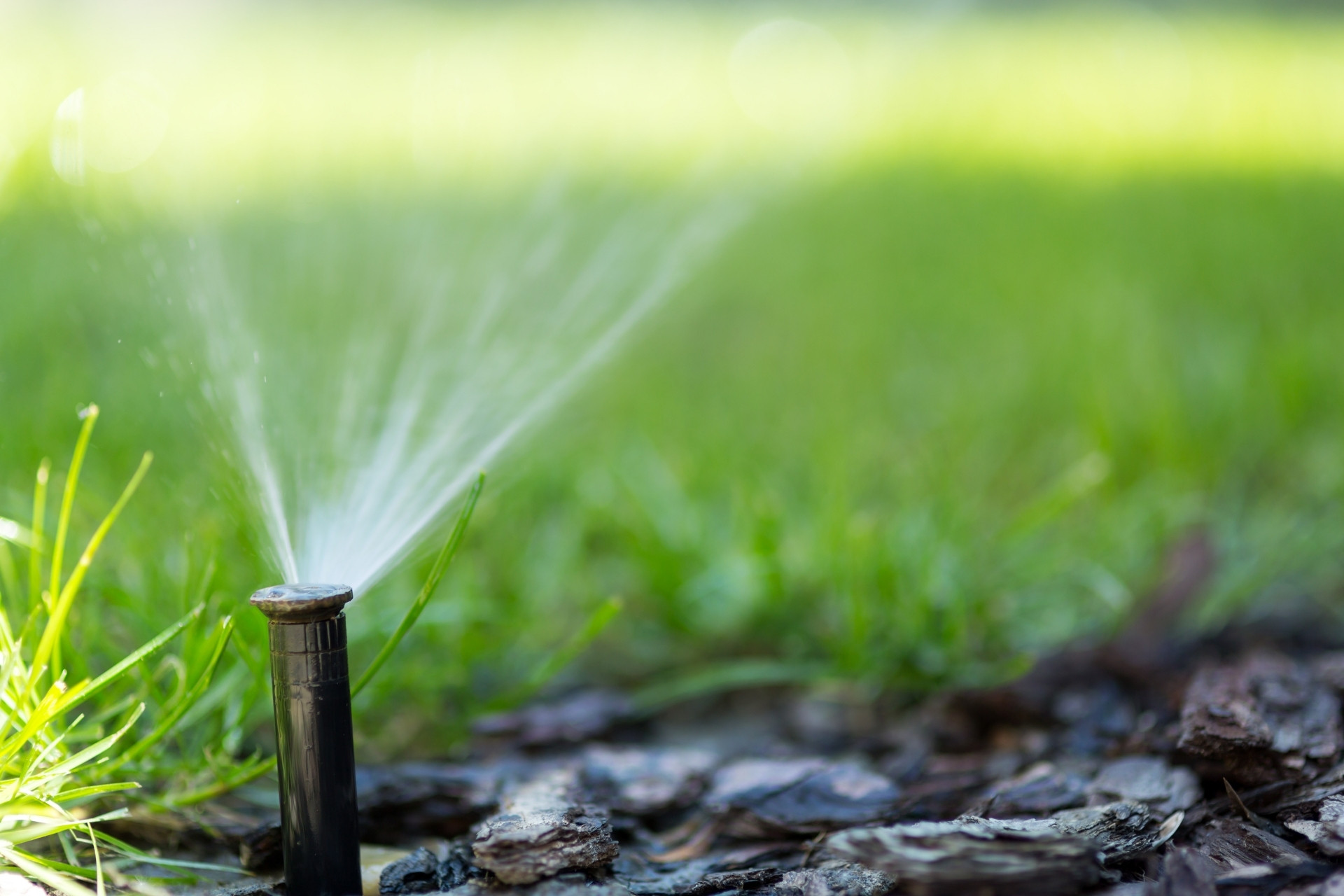Spotting and Treating Common Lawn Pests in Illawarra and NSW

Keeping a lush, green lawn in New South Wales isn’t just about mowing and watering. Our warm, coastal climate also attracts a variety of lawn pests that can cause brown patches, thinning turf, and severe root damage.
At Brooksie’s Lawn Care, we help homeowners and property managers protect their lawns year-round through targeted pest control, fertilisation, and sustainable lawn-care programs. Here’s everything you need to know about identifying, treating, and preventing common lawn pests in NSW.
Identifying Common Lawn Pests in NSW
Below are the main culprits responsible for most lawn damage across the Illawarra and coastal NSW. Early detection makes all the difference.
Armyworms
Armyworms are among the most destructive lawn pests in NSW, especially during late summer and early autumn. These caterpillar-like larvae feed aggressively on grass blades and can strip a lawn overnight.
Look for:
- Rapidly expanding brown or straw-coloured patches
- Ragged or chewed grass tips
- Active caterpillars visible at dusk or dawn
- Increased moth activity near outdoor lights
Quick test: Mix a bucket of water with a few drops of mild detergent and pour it over a square metre of lawn. If armyworms are present, they’ll surface within minutes.
Lawn Grubs (White Curl Grubs)
Lawn grubs—larvae of African black beetles and other scarab beetles—feed on grass roots, leading to weak, spongy turf that lifts easily.
Signs include:
- Yellowing or wilting patches that don’t recover after watering
- Birds, possums or bandicoots digging for grubs
- Turf that peels away like a mat when lifted
These pests are most active in spring and early summer when eggs hatch underground.
African Black Beetles
Adult African black beetles can also cause problems, particularly in stressed or compacted lawns. They feed at the crown of grass plants and can quickly destroy new or recovering turf.
Look for:
- Dead or thinning patches during warm months
- Beetles visible just below the soil surface or under thatch
- Turf that fails to green up even with adequate watering
Sod Webworms
Sod webworms are small caterpillars that chew grass blades close to the soil surface. Damage is often seen as uneven, scalped-looking patches.
Common signs:
- Ragged or eaten leaf tips
- Small brown moths flying at dusk
- Patches that appear cut back as if scalped
Cutworms
Cutworms live just under the soil and feed on stems near the crown. They’re most active at night and often attack newly laid or young lawns.
You may notice:
- Severed stems and flattened turf overnight
- Sparse, uneven growth despite watering
- Birds feeding intensely in one area
Porina Caterpillars
Porina caterpillars are a growing issue in southern NSW and the Illawarra. These pests live in silk-lined tunnels and feed at night, pulling grass blades underground.
Tell-tale signs:
- Small, individual holes or thinning areas
- Fine webbing or frass around the soil surface
- Damage on sloped or shaded lawns near bushland
Mole Crickets
Less common but still present in parts of NSW, mole crickets tunnel through soil, uprooting seedlings and disrupting root systems.
Symptoms:
- Spongy or uneven turf
- Small mounds or raised ridges across the lawn
- Patchy dieback in warmer months
Diagnosing the Problem: How to Confirm Lawn Pests
Before applying any treatments, confirm which pest you’re dealing with:
- Soapy water test: Pour a mix of 9 L water + 50 mL dish detergent over a square metre of lawn and wait 10–15 minutes. Grubs and caterpillars will emerge if present.
- Night check: Inspect with a torch after dusk for active caterpillars.
- Lift test: Peel back the turf near brown patches and inspect the root zone for larvae or tunnels.
- Observe birds: Frequent digging often signals a grub infestation below the surface.
Once confirmed, it’s time to act fast.
Effective Lawn Pest Treatments for NSW Conditions
At Brooksie’s, we recommend a balanced, integrated pest-management approach—combining organic and chemical control methods with cultural lawn-care practices to protect your turf long-term.
Organic & Natural Lawn Pest Control
For eco-conscious households and commercial spaces, there are several low-impact solutions that protect the environment while managing pests effectively.
- Beneficial Nematodes: Microscopic worms that naturally parasitise soil-dwelling pests such as curl grubs. Safe for pets, people, and beneficial insects.
- Neem Oil & Botanical Sprays: Neem oil or azadirachtin disrupt pest feeding and breeding cycles. They’re ideal for preventing early infestations without harming pollinators.
- Encourage Natural Predators: Birds, predatory beetles, and parasitic wasps play a major role in controlling pest populations. Plant native shrubs and maintain biodiversity around your lawn.
- Soil Health Management: Healthy soil supports resilient grass. Top-dress with compost, aerate annually, and maintain balanced pH to strengthen root systems and deter larvae.
- Physical Removal: For minor infestations, collect surfaced caterpillars under damp hessian overnight and dispose of them manually.
Chemical Lawn Pest Treatments
When infestations are severe, targeted chemical treatments can provide fast, reliable results. Brooksie’s uses safe, registered products suited to NSW conditions.
- Armyworms & Webworms: Apply a selective insecticide containing bifenthrin or chlorantraniliprole (Acelepryn®) for effective knockdown and residual protection.
- Curl Grubs & Black Beetles: Use a systemic soil insecticide that targets root-feeding larvae—granular forms work best when watered in thoroughly.
- Cutworms & Porina: Apply contact sprays in the evening when caterpillars are active, ensuring full coverage across damaged areas.
Safety Tip: Always follow label directions or hire licensed professionals to ensure correct dosage, environmental safety, and timing of applications.
Preventing Future Lawn Pest Infestations
A healthy, well-maintained lawn is the best defence against pest outbreaks. Preventative maintenance reduces risk dramatically.
1. Regular Mowing and Lawn Hygiene
- Maintain the right mowing height for your grass species (generally 35–50 mm).
- Avoid scalping; longer blades shade the soil and deter egg laying.
- Remove thatch and clippings to prevent pest sheltering.
2. Water Deeply but Infrequently
Overwatering encourages root-zone pests. Water deeply once or twice a week, depending on weather, to promote strong, drought-tolerant roots.
3. Fertilise and Aerate Seasonally
Apply a balanced slow-release fertiliser every 6–8 weeks during the growing season. Aerate compacted areas in spring and autumn to enhance drainage and root health.
4. Monitor During Peak Seasons
- Spring: Watch for emerging curl grubs.
- Summer: High risk for armyworms and webworms.
- Autumn: Inspect for porina and mole crickets.
5. Integrated Pest Management (IPM)
Combine monitoring, cultural practices, biological controls, and minimal pesticide use to maintain a sustainable, balanced lawn ecosystem.
6. Coordinate with Neighbours
Pests don’t stop at the fence line. A neighbourhood-wide effort in detection and control helps prevent re-infestation.
Protect Your Lawn Before Pests Strike
Lawn pests like armyworms, curl grubs, webworms and beetles can destroy healthy turf in days. But with early detection, smart prevention and expert guidance, you can maintain a vibrant, pest-free lawn all year round.
Local expertise matters. Illawarra’s coastal conditions—mild winters, humid summers, and sandy soils—demand tailored pest control strategies. At Brooksie’s, we:
- Identify pest species accurately before treatment
- Use targeted organic and chemical solutions appropriate for local turf types
- Follow environmentally responsible application practices
- Offer ongoing maintenance programs for year-round protection
Whether you’re managing a backyard, sports field, or commercial property, our lawn pest control in NSW programs are designed to protect your investment while keeping your lawn lush and healthy.
If you’re seeing unexplained brown patches or suspect pest damage, don’t wait—contact Brooksie’s Lawn Care today for a professional inspection and tailored treatment plan.




